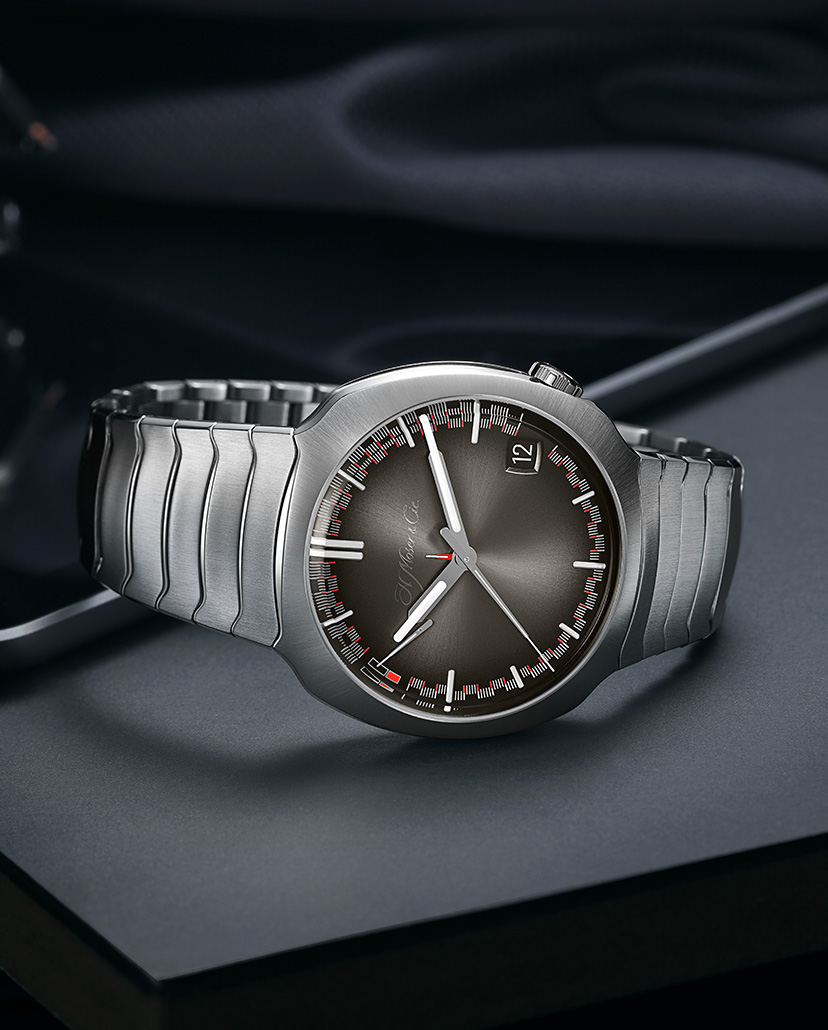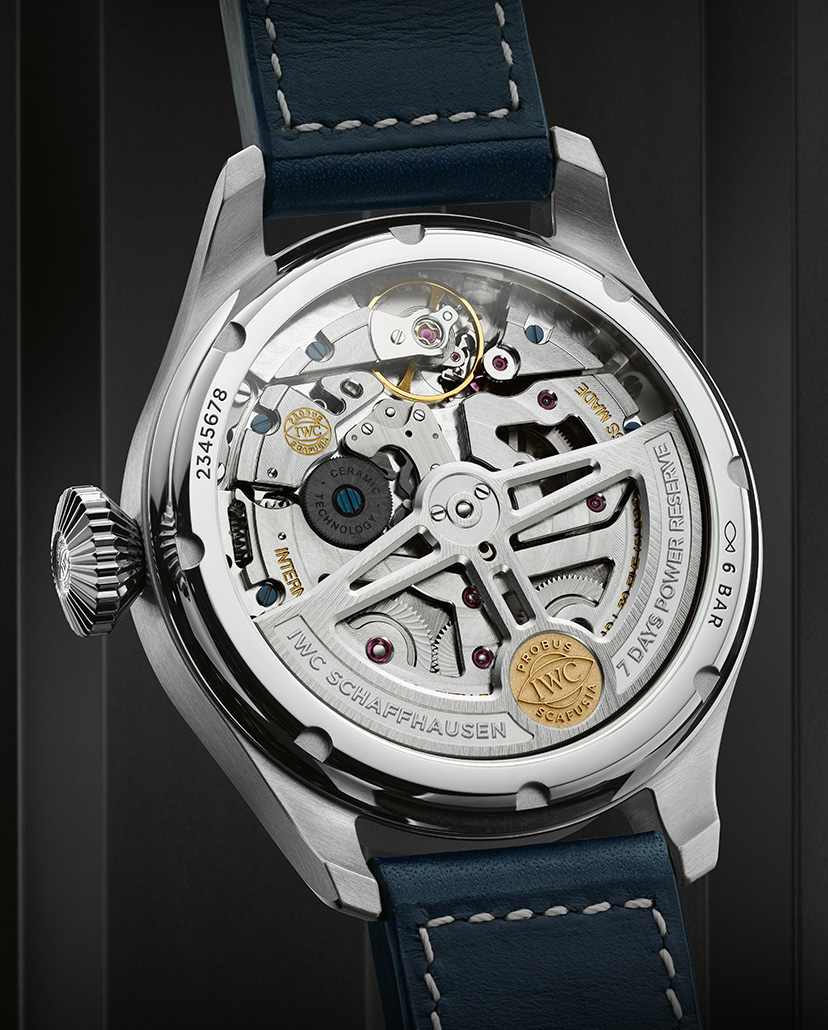Watch GlossaryPerpetual Calendar
A perpetual calendar complication not only knows the number of days in each month, it also knows the year so that it will automatically adjust for leap year
May We Recommend
What is a perpetual calendar?
A perpetual calendar is a complication in a watch which displays day of the week, date and month for decades without having to make any adjustments. Perpetual calendars are even adjusted to show 29 days in February during a leap year. Some perpetual calendars can effectively show the day and date for up to a century.
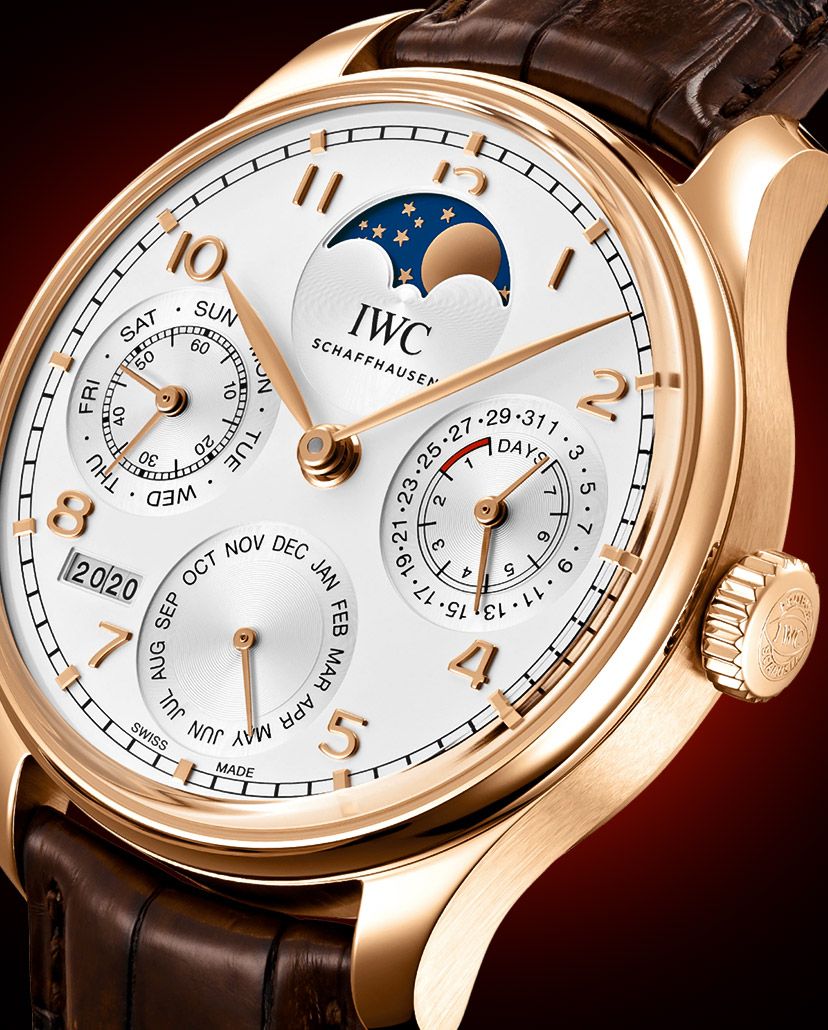
The first wristwatch with a perpetual calendar was introduced in 1925 by Patek Philippe. The movement that powered the watch, which included a perpetual calendar complication, was initially developed for a pendant watch and simply placed in a wristwatch case. In that respect, the first wristwatch powered by a movement with a perpetual calendar complication was the Breguet No. 4244. It was the first wristwatch to feature a perpetual calendar that had been developed specifically for it. The Breguet wristwatch was manufactured in 1929 and sold for an extremely high price, owing to the sophisticated complication of the perpetual calendar.
How does a perpetual calendar function work?
A perpetual calendar operates on a simple principle. It consists of 14 one-year calendars including seven calendars for each day of the week for a non-leap year and seven calendars for each day of the week for a leap year. In addition to these calendars, there has to be a system which will decide which one-year calendar to be used for any given year.
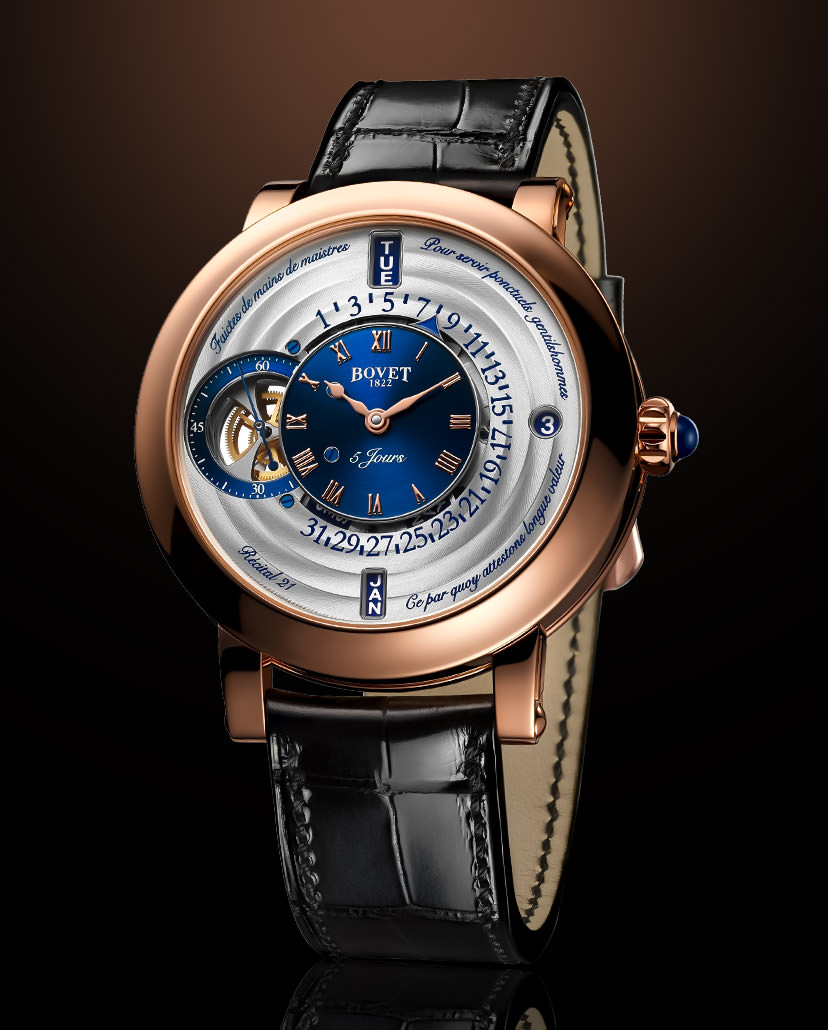
Alternatively, a perpetual calendar can consist of 28 one-month calendars including seven calendars for each day of the week for 28, 29, 30 and 31 day months. In addition to these, there has to be a system that will keep track of the month and the year and decide which one-month calendar needs to be used for a given month. Perpetual calendars are rather complex in their mechanism and thus usually incorporated in watches manufactured by master watchmakers.
While most perpetual calendars display day of the week, date and month, some even display the year and moon phase. Although moon phase is a separate complication seen individually in watches, many perpetual calendars incorporate this functionality in their system. This adds to the complexity of the movement, thus making it more sophisticated and usually more expensive. Such perpetual calendar movements require a high degree of skill in their making. Usually, only master watchmakers who have excelled in their field will attempt to work on a perpetual calendar movement, especially one that is more sophisticated and complex in its functionality.
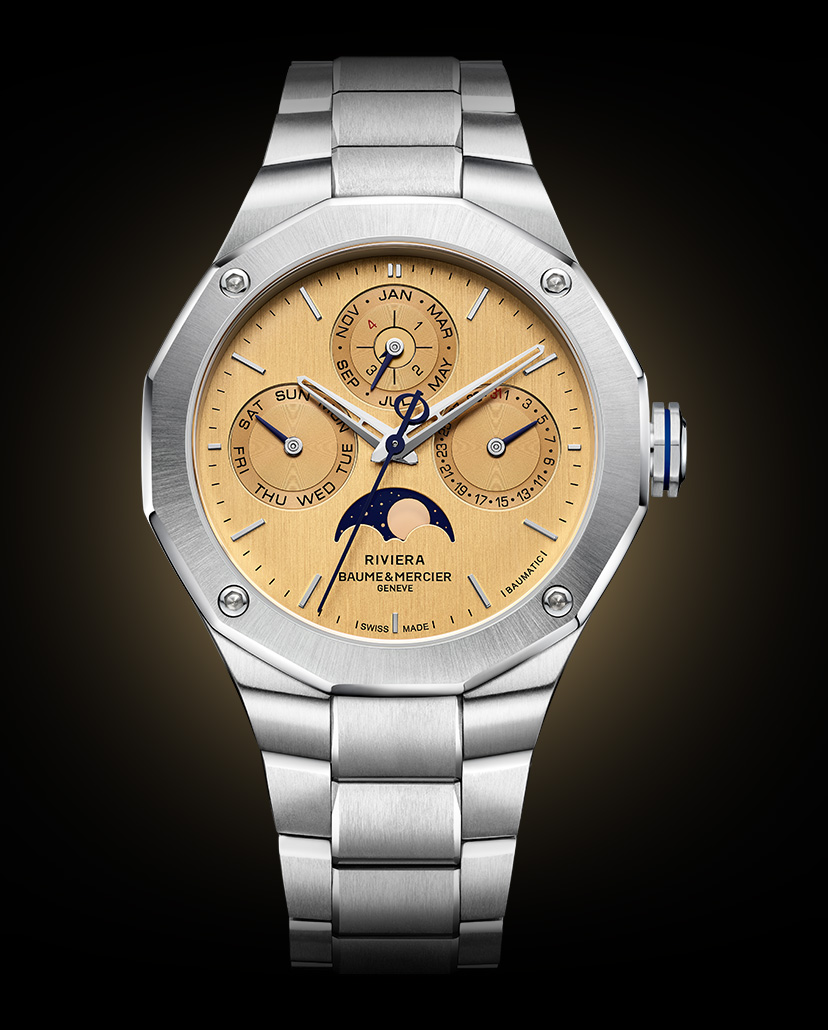
Perpetual calendars are incorporated in the timepieces of Swiss watchmakers like Breguet, IWC, Jaeger-LeCoultre, H. Moser & Cie., Bovet, Carl F. Bucherer, and Frederique Constant among others.


